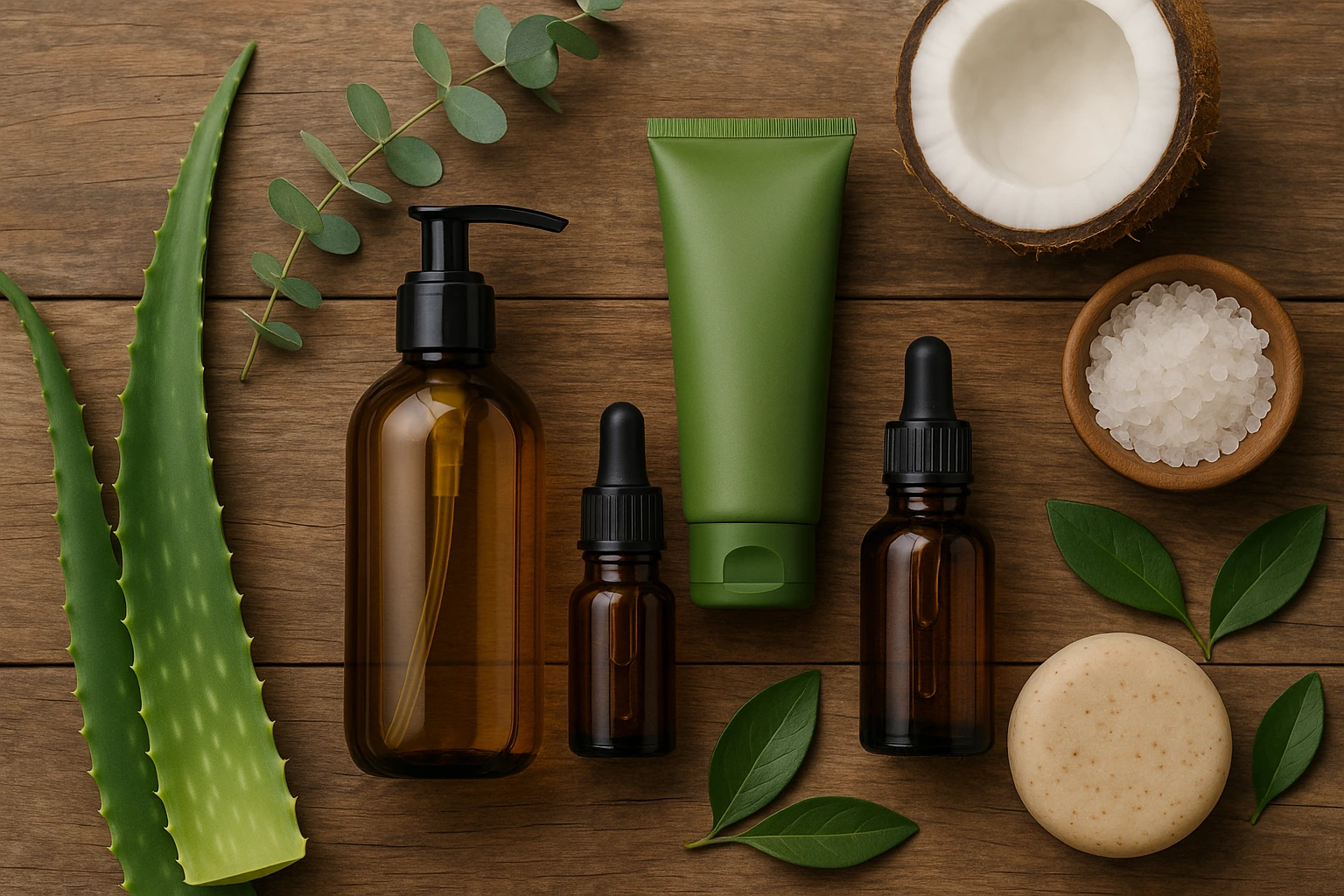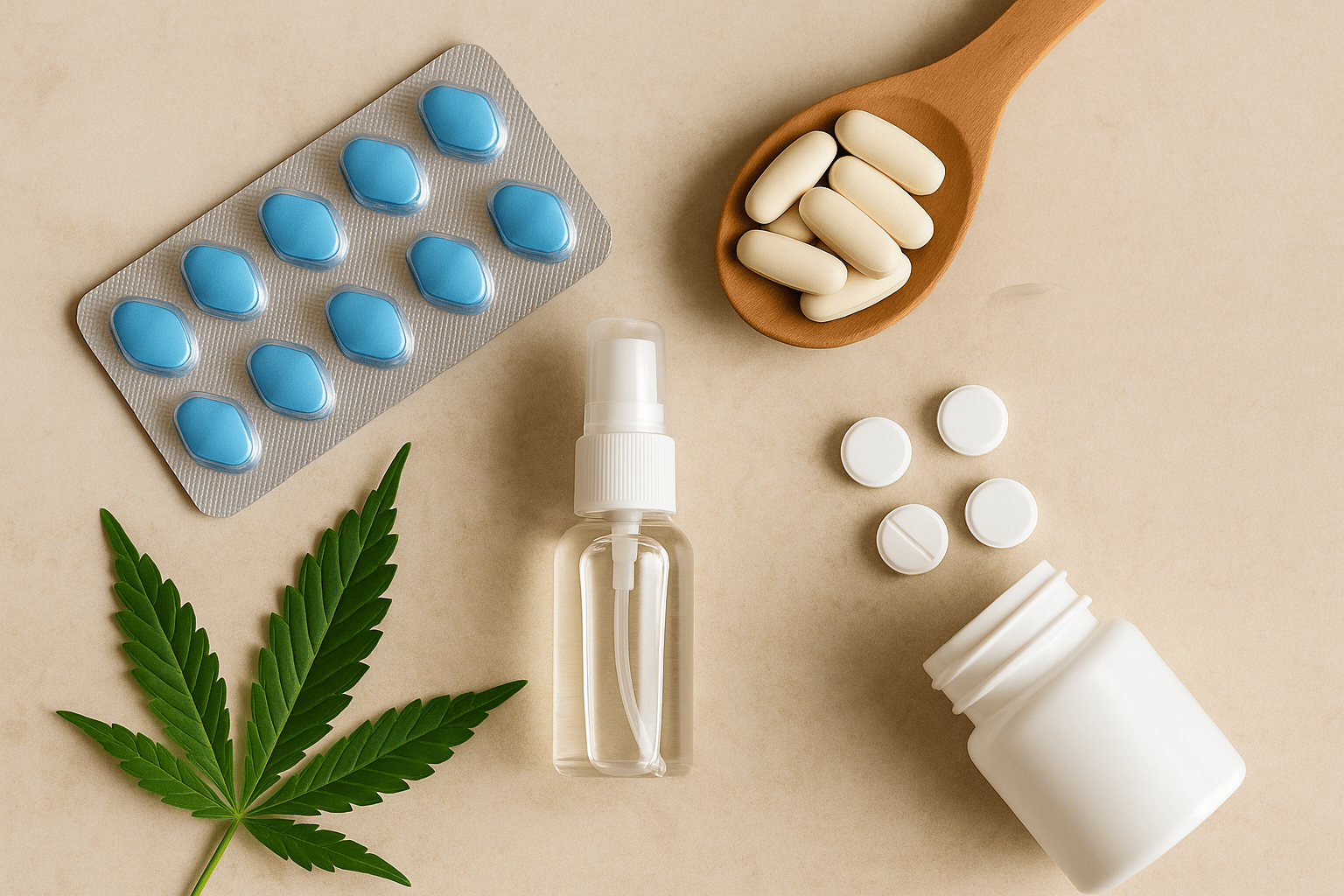Do you know that more than 30 million Americans suffer from dry eye syndrome, and many do not even realize it? With increased screen usage, indoor environment, and aging, dry eyes have become a modern-day discomfort for millions. Whether it is a burning sensation, blurred vision, or a sense of sand in your eyes, dry eyes can affect your productivity and quality of life.
Enter: droplets of dry eye. These over-the-counter (OTC) lifestyles provide rapid relief and permanent hydration- you choose the right. In this blog, we will discover why dry eyes are, how I drop, which brands rely on, and what to avoid to ensure healthy, happy eyes.
Why the treatment of dry eyes matters
1. Chronic discomfort may lead to vision issues
Untreated dry eyes can damage the cornea and give rise to long-term vision problems.
2. Daily performance is affected
Reading, driving, or even watching films can be uncomfortable with dry, itchy eyes.
3. Building health issues may indicate
Dry Eye syndrome may be a symptom of autoimmune conditions such as Sjögren’s syndrome or a side effect of drugs such as antihistamines and antidepressants.
Major benefits of using dry eye drops
- Immediate soothing relief from irritation and redness
- Better vision clarity
- Long-lasting hygiene
- Better rest for contact lenses
- Prevention of corneal damage from chronic dryness
Step-by-step guide to choosing and using dry eye drops
Step 1: Identify your type of dry eye
- Evaporative Dry Eyes: Due to the quality of poor tears.
- Aquatic deficiency dry eye: Not enough tears are produced.
- Combination: Both have a bit in most people.
- Artificial tears (eg, Cyton, fresh tears): great for light drying.
- Gel drops (eg, gentle gel): thick and long-lasting, ideal before sleep.
- The preservative-free drops (eg, Tears Naturale, Blink Tears): best for frequent use or sensitive eyes.
- Lipid-based drops (eg, XP, Ritten MGD): target vaporial dry eye.
- Wash your hands thoroughly.
- Tilt your head back and pull down the lower lid.
- Squeeze a drop into a pocket without touching the eye.
- Close your eyes and gently press the inner corner for 1-2 minutes.
- Avoid blinking an eye very fast after application.
Example of the real world: A Technical professional gets relief
Angela, a 35-year-old graphic designer, struggled with dry, tired eyes after 8+ hours on a computer. His optometrist recommended the Sastane Ultra-free vials, using 3x a day.
“It felt like I was taking a nap in a cloud. Now my vision is crisp again, and I can work without any discomfort,” she shares.
Actionable tips and advice
Use a humidifier to prevent tear evaporation.
- Take a screen break every 20 minutes (20-20-20 Rule: See 20 feet away for 20 seconds every 20 minutes).
- Stay hydrated – it can worsen dry eyes.
- Limit caffeine and alcohol, which can dehydrate the eyes.
Wrap out to reduce contact with the air and sun. Wear sunglasses.
Common mistakes to avoid
1. Using drops with rigid preservatives very often
Patrons such as benzalkonium chloride (BAK) can irritate when excessively used.
2. Not checking compatibility with contact lenses
Some drops are not designed for lenses – always check the label.
3. Only when using droplets do symptoms
Consistency matters. Regular use helps to maintain eye moisture.
4. Continuous symptoms ignored
If the symptoms persist after 1-2 weeks, consult an eye care professional. You may require prescription options or treatment for the dysfunction of the mebomian gland.
Future trends in relief from dry eyes
1. Prescription eye drops
New drugs such as XIIDRA, Restasis, and Tyrvaya are approved for old dry eye and target inflammation.
2. Smart Eye Drops
The goal of turning on research in drops with nanotechnology is to provide more effective and longer-lasting drugs.
3. In-office therapy
Tools such as light-based treatment (such as acute pulsed lights) and scripts are used rapidly to treat the underlying gland issues.
4. Digital health integration
Wearables that track the blink rate and screen exposure are being developed to help identify and manage dry eye symptoms.
Conclusion: Take care of your eyes that they deserve
Dry eyes can be common, but they are nothing to ignore. With the right eye drops and coherent habits, you can enjoy long-lasting relief and protect your vision.
Key takeaways:
- Match your symptoms with the right type of eye drop.
- Select a preservative-free option for frequent use.
- Change lifestyle to prevent provoking provocative.
Looks burnt? Try a high-quality, preservative-free drop today talk with an optometrist to plan your long-term eye care.




